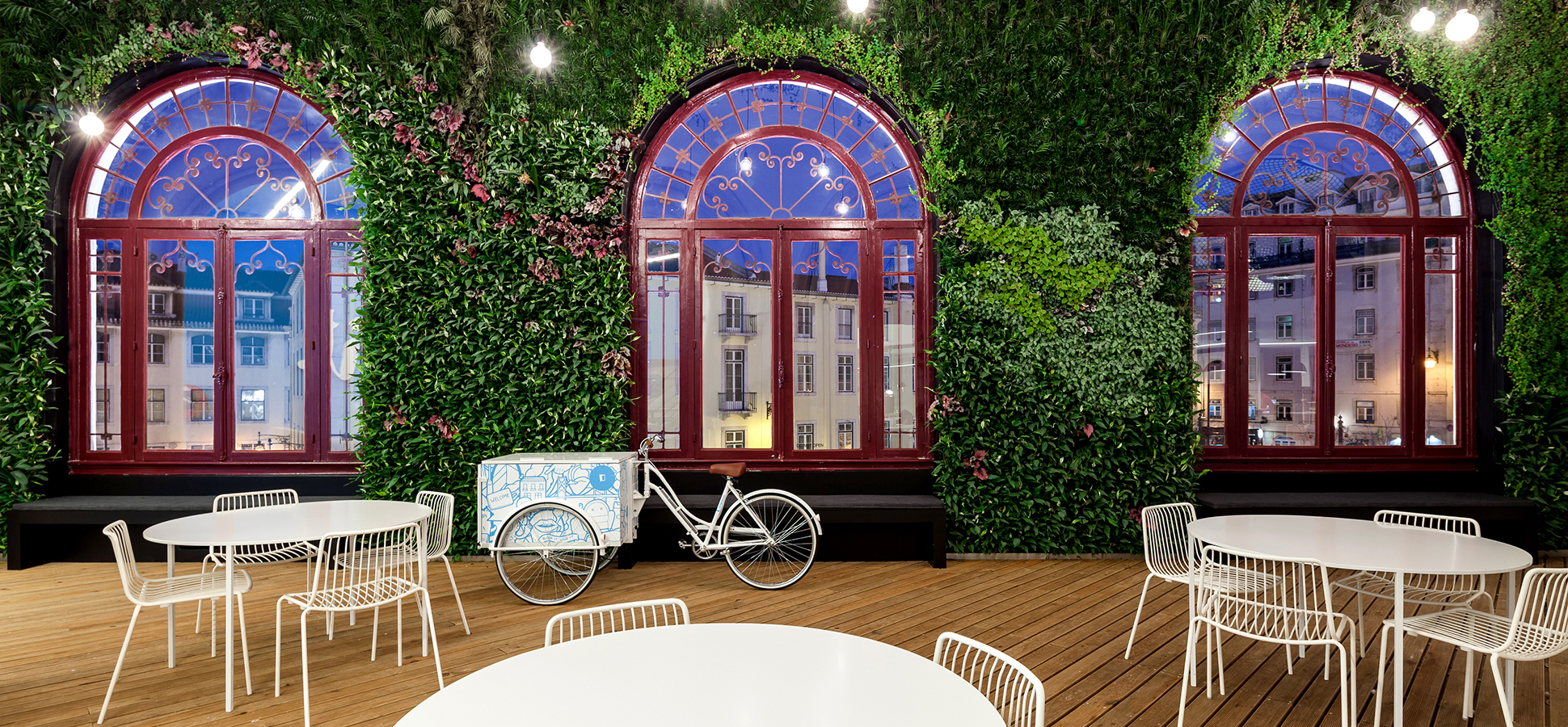Workplaces need more walls, not fewer.
By Lindsey Kaufman
A year ago, my boss announced that our large New York ad agency would be moving to an open office. After nine years as a senior writer, I was forced to trade in my private office for a seat at a long, shared table. It felt like my boss had ripped off my clothes and left me standing in my skivvies.
Our new, modern Tribecaoffice was beautifully airy, and yet remarkably oppressive. Nothing was private. On the first day, I took my seat at the table assigned to our creative department, next to a nice woman who I suspect was an air horn in a former life. All day, there was constant shuffling, yelling, and laughing, along with loud music piped through a PA system. As an excessive water drinker, I feared my co-workers were tallying my frequent bathroom trips. At day’s end, I bid adieu to the 12 pairs of eyes I felt judging my 5:04 p.m. departure time. I beelined to the Beats store to purchase their best noise-cancelling headphones in an unmistakably visible neon blue.
Despite its obvious problems, the open-office model has continued to encroach on workers across the country. Now, about 70 percent of U.S. offices have no or low partitions,according to the International Facility Management Association. Silicon Valley has been the leader in bringing down the dividers. Google, Yahoo, eBay, Goldman Sachs and American Express are all adherents. Facebook CEO Mark Zuckerberg enlisted famed architect Frank Gehry to design the largest open floor plan in the world, housing nearly 3,000 engineers. And as a businessman, Michael Bloomberg was an early adopter of the open-space trend, saying it promoted transparency and fairness. He famously carried the model into city hall when he became mayor of New York, making “the Bullpen” a symbol of open communication and accessibility to the city’s chief.
These new floor plans are ideal for maximizing a company’s space while minimizing costs. Bosses love the ability to keep a closer eye on their employees, ensuring clandestine porn-watching, constant social media-browsing and unlimited personal cellphone use isn’t occupying billing hours. But employers are getting a false sense of improvedproductivity. A 2013 study found that many workers in open offices are frustrated by distractions that lead to poorer work performance. Nearly half of the surveyed workers in open offices said the lack of sound privacy was a significant problem for them and more than 30 percent complained about the lack of visual privacy. Meanwhile, “ease of interaction” with colleagues – the problem that open offices profess to fix – was cited as a problem by fewer than 10 percent of workers in any type of office setting. In fact, those with private offices were least likely to identify their ability to communicate with colleagues as an issue. In a previous study, researchers concluded that “the loss of productivity due to noise distraction … was doubled in open-plan offices compared to private offices.”





